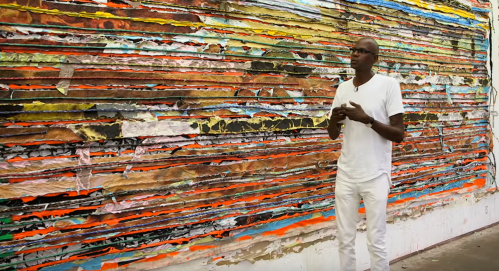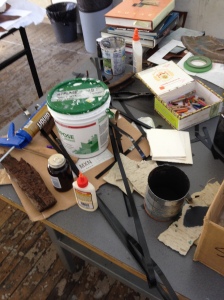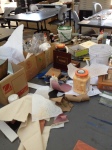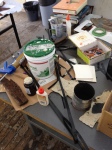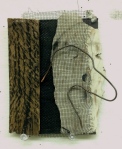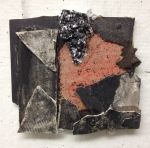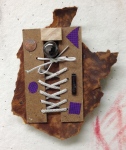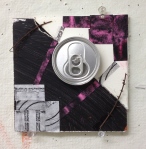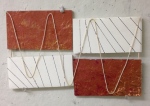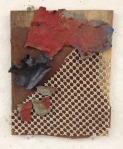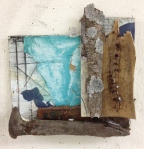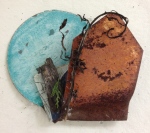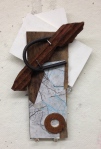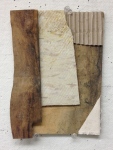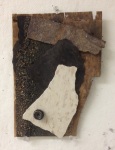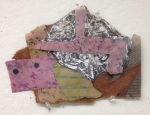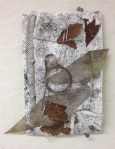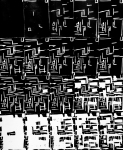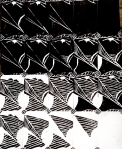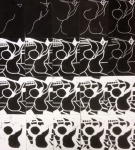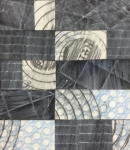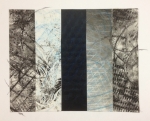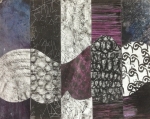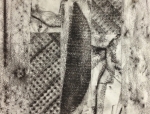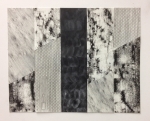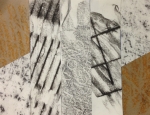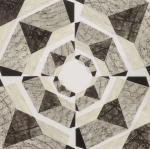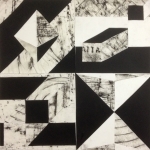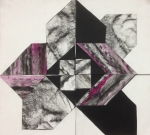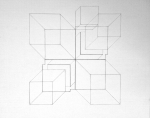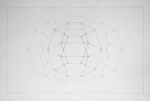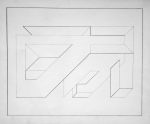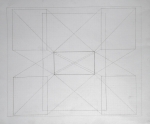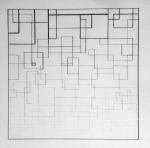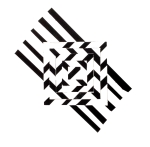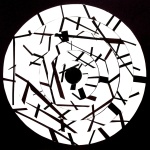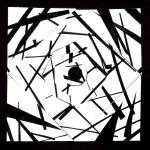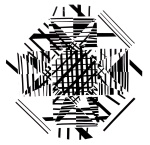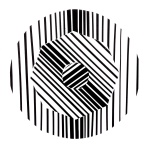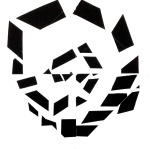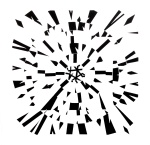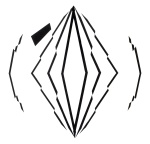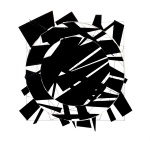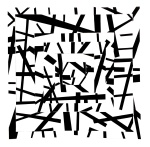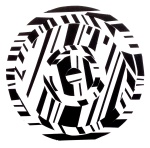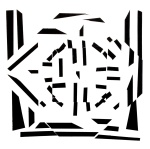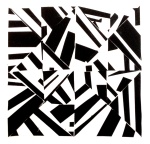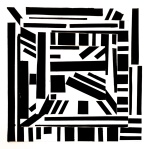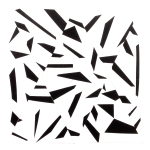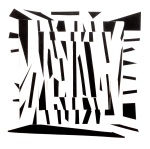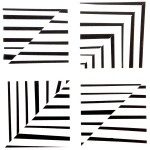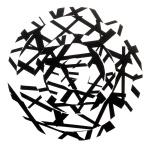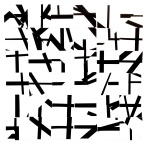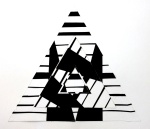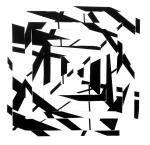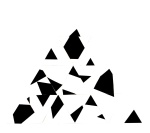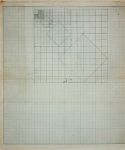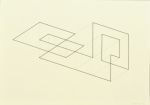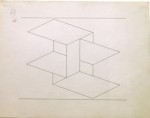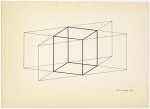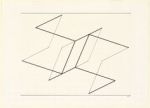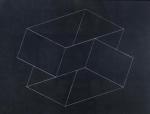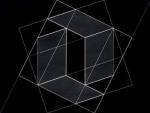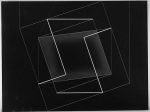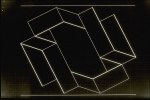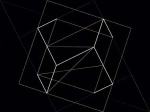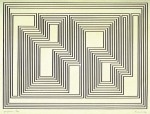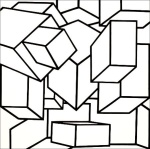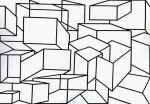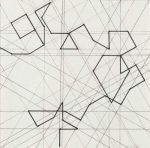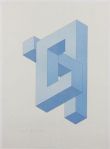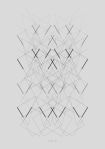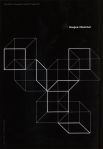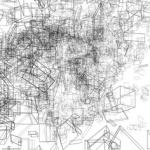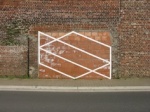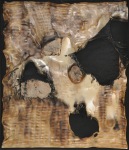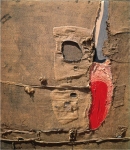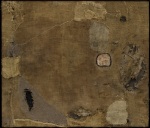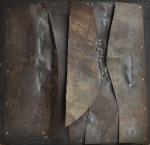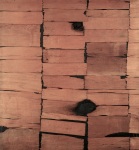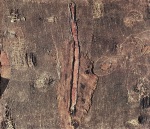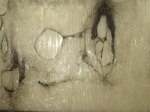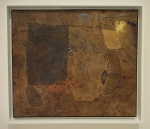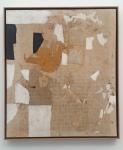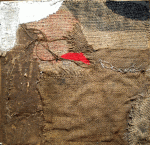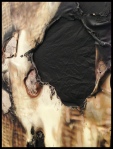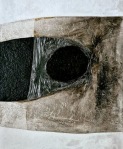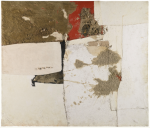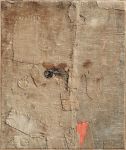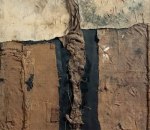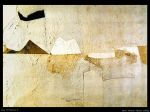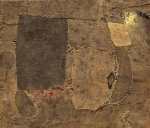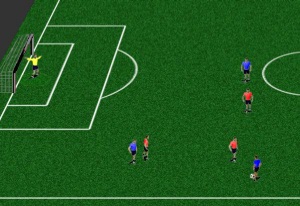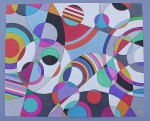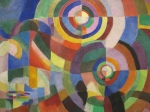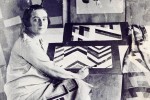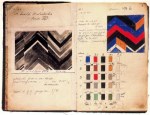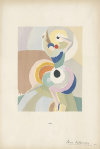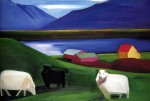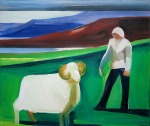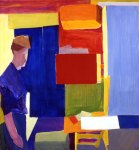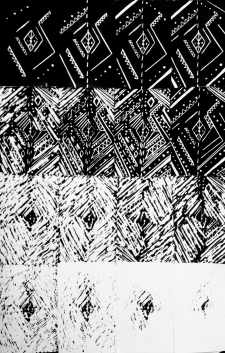 Spatial perception is a continuous, cognitive process of inferring three-dimensional sense from the constantly shifting pattern of retinal sensation in which we are daily immersed. For everyone except visual artists the process is almost completely unconscious; something we have picked up from birth, along with our native language. The central mission of the visual sense is to identify “things” and distinguish them from the empty space that surrounds them. Graham Collier, in his book, Form, Space & Vision states, “…to perceive space… there must be a figure on a ground. For then a visual tension is created between the physical presence of something that intrudes, and the… apparent emptiness which surrounds it…” Naturally people take more interest in actual things than they do in empty space, but for an artist this isn’t necessarily so. Over time, engagement with the two-dimensional language of art trains the artist to be acutely aware of both object and space as two co-equal entities. 2D Design students at OWU, working with one of Collier’s classic exercises, beautifully demonstrate the co-dependence of figure and ground and the capacity of each one to shift or reverse.
Spatial perception is a continuous, cognitive process of inferring three-dimensional sense from the constantly shifting pattern of retinal sensation in which we are daily immersed. For everyone except visual artists the process is almost completely unconscious; something we have picked up from birth, along with our native language. The central mission of the visual sense is to identify “things” and distinguish them from the empty space that surrounds them. Graham Collier, in his book, Form, Space & Vision states, “…to perceive space… there must be a figure on a ground. For then a visual tension is created between the physical presence of something that intrudes, and the… apparent emptiness which surrounds it…” Naturally people take more interest in actual things than they do in empty space, but for an artist this isn’t necessarily so. Over time, engagement with the two-dimensional language of art trains the artist to be acutely aware of both object and space as two co-equal entities. 2D Design students at OWU, working with one of Collier’s classic exercises, beautifully demonstrate the co-dependence of figure and ground and the capacity of each one to shift or reverse.
Students employed the subtractive process of block printing to create a sequence of individual rectangular designs that, together, configure a larger rectangle. The unifying element of repetition works to break down the perception of each print’s individual design, and the recognition of metamorphic change propels the eye forward. The whole enterprise is fraught with instructive ironies regarding the nature of figure-ground interactions. First, the initial figure is produced by an absence – removing the solid material of the block with a cutter – but in the print it appears as a presence, a white figure on a dark ground. The white mark reads unequivocally as figure due to the relative smallness of its area with respect to the larger black rectangle, and also because our eye can surround it. After each printing, students “add” another mark, or several marks, before printing again. Some students worked out their cuts in advance from a master plan while others, like jazz musicians, improvised by responding intuitively to the developing image. In the process of subtraction marks are added to the design. Somewhere along the march of progress an interesting thing happens. First, the ratio of white figure elements to black ground equalizes. Figure and ground become ambiguous and interchangeable. Then, as cutting continues, the figure-ground relationship reverses. The black ground has become the figure and the white has become the ground. The total design consists of twenty stages arranged in a flowing pattern from left to right and top to bottom. Students are challenged to select the states from 30 to 40 printings that best create an integrated whole with smooth transitions and without abrupt changes that interrupt the flow or that create undue emphasis.
